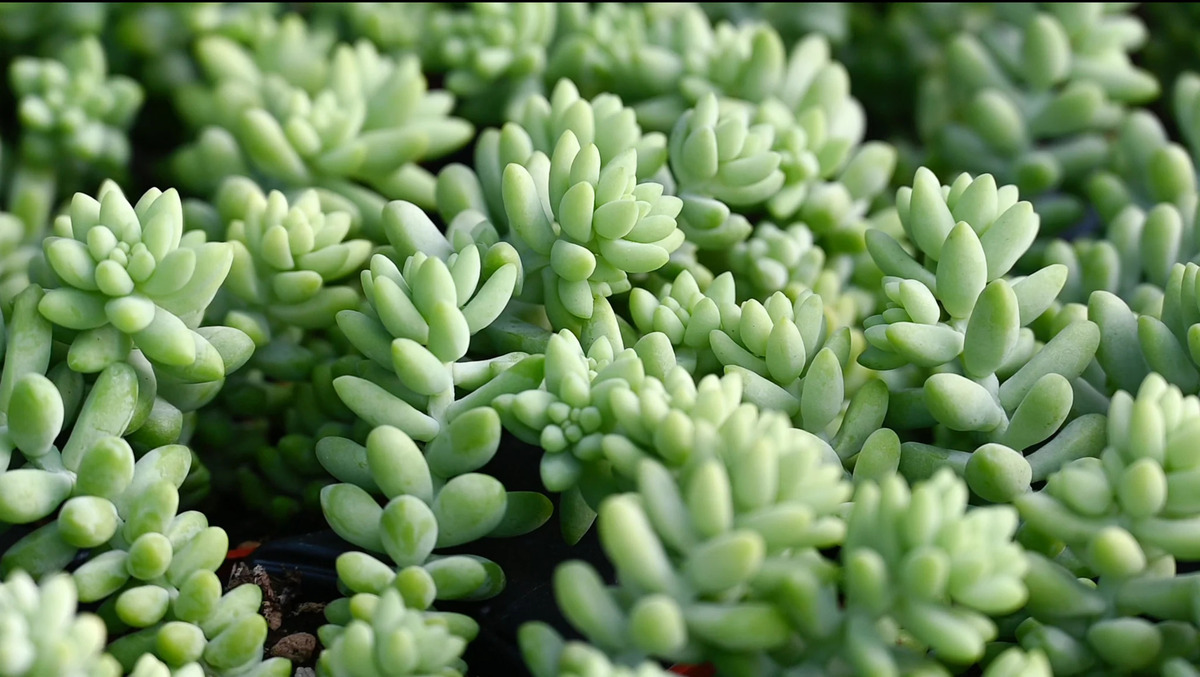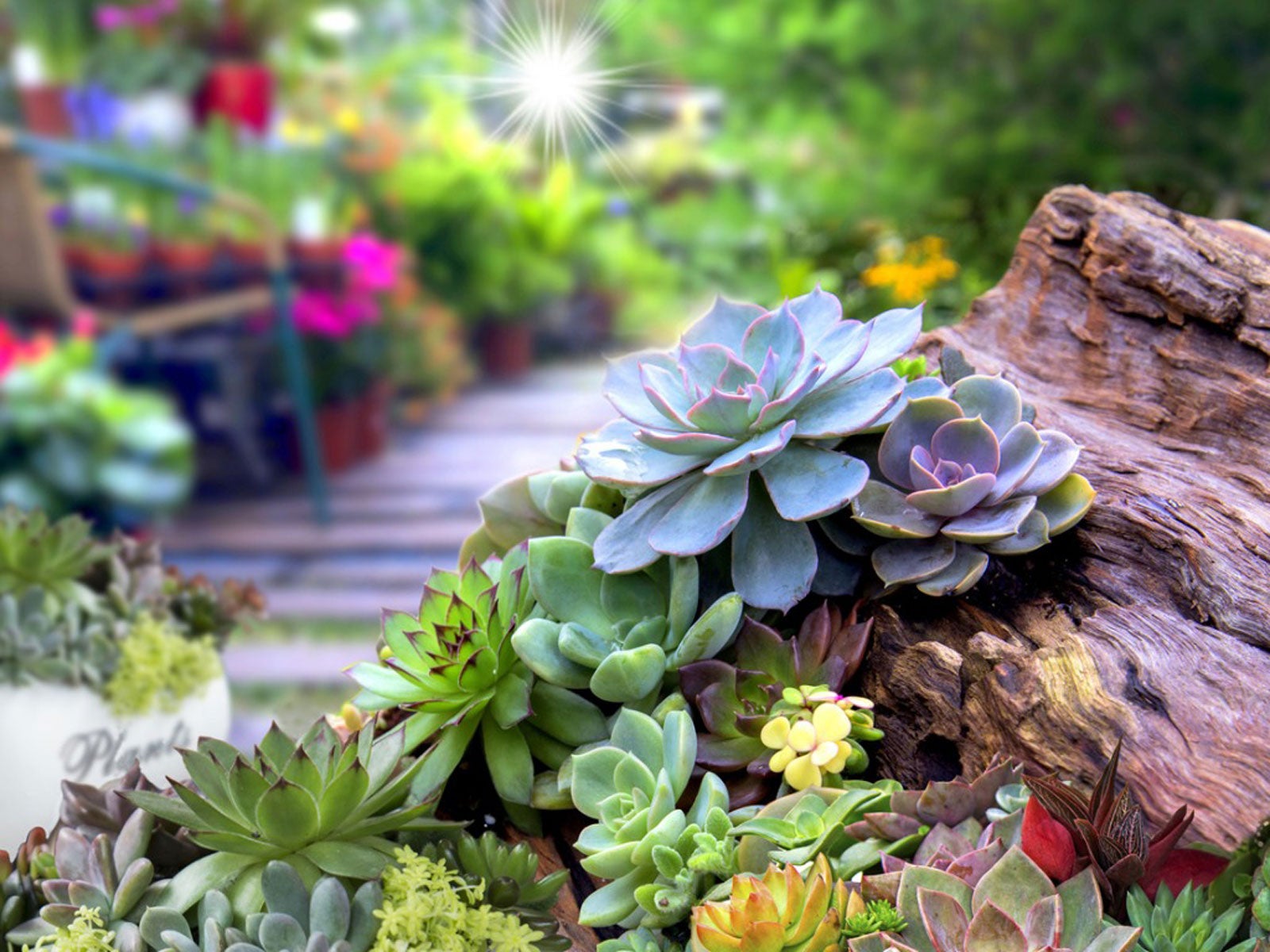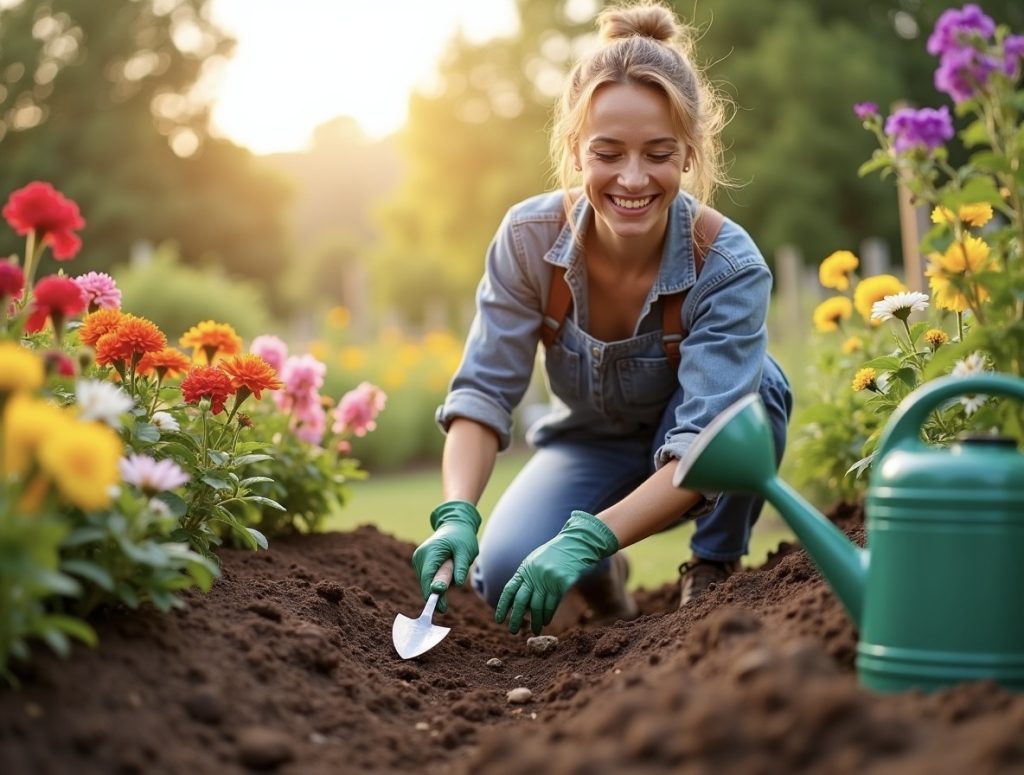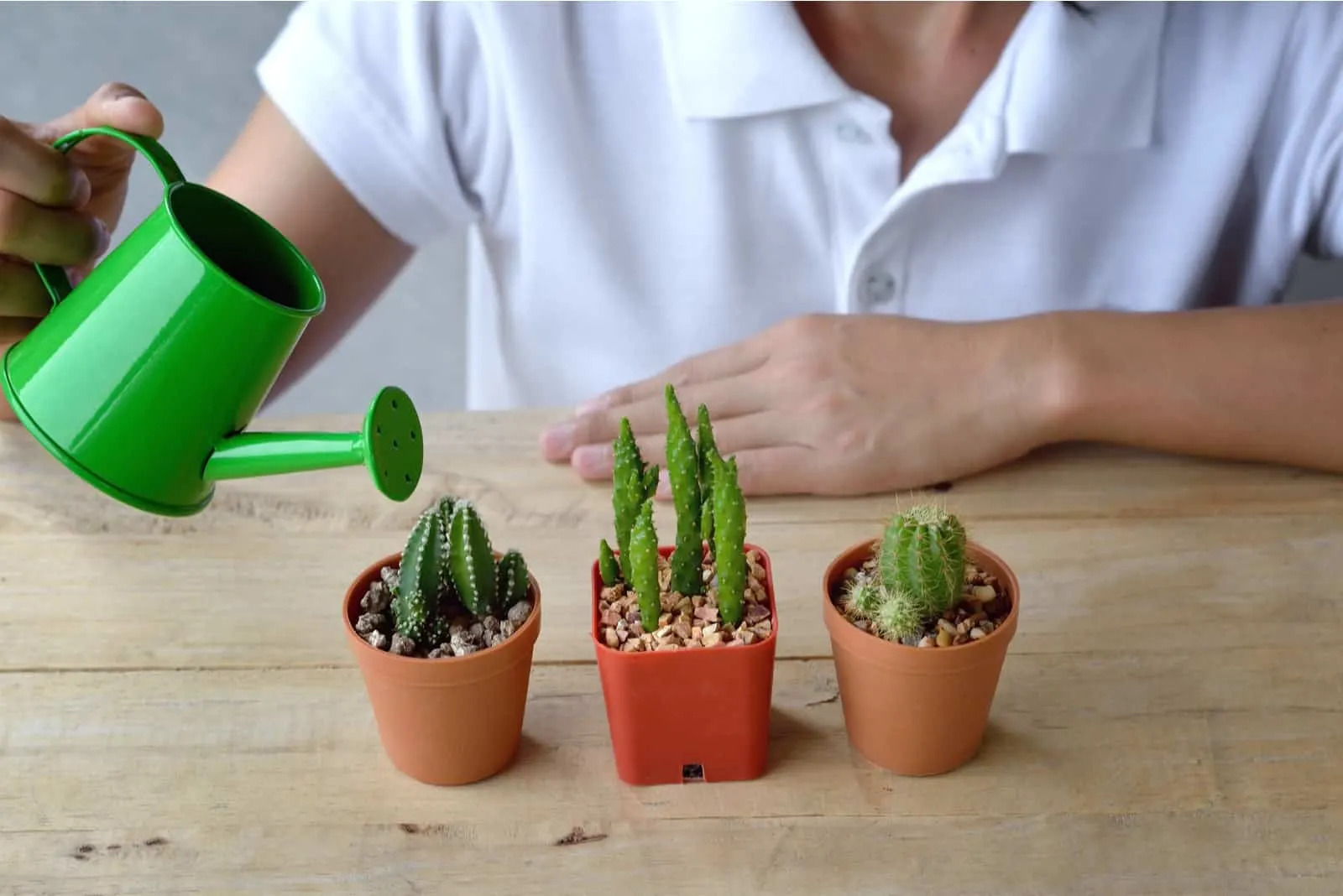Home>Gardening Techniques>Plant Care>How To Care For Cactus Seedlings
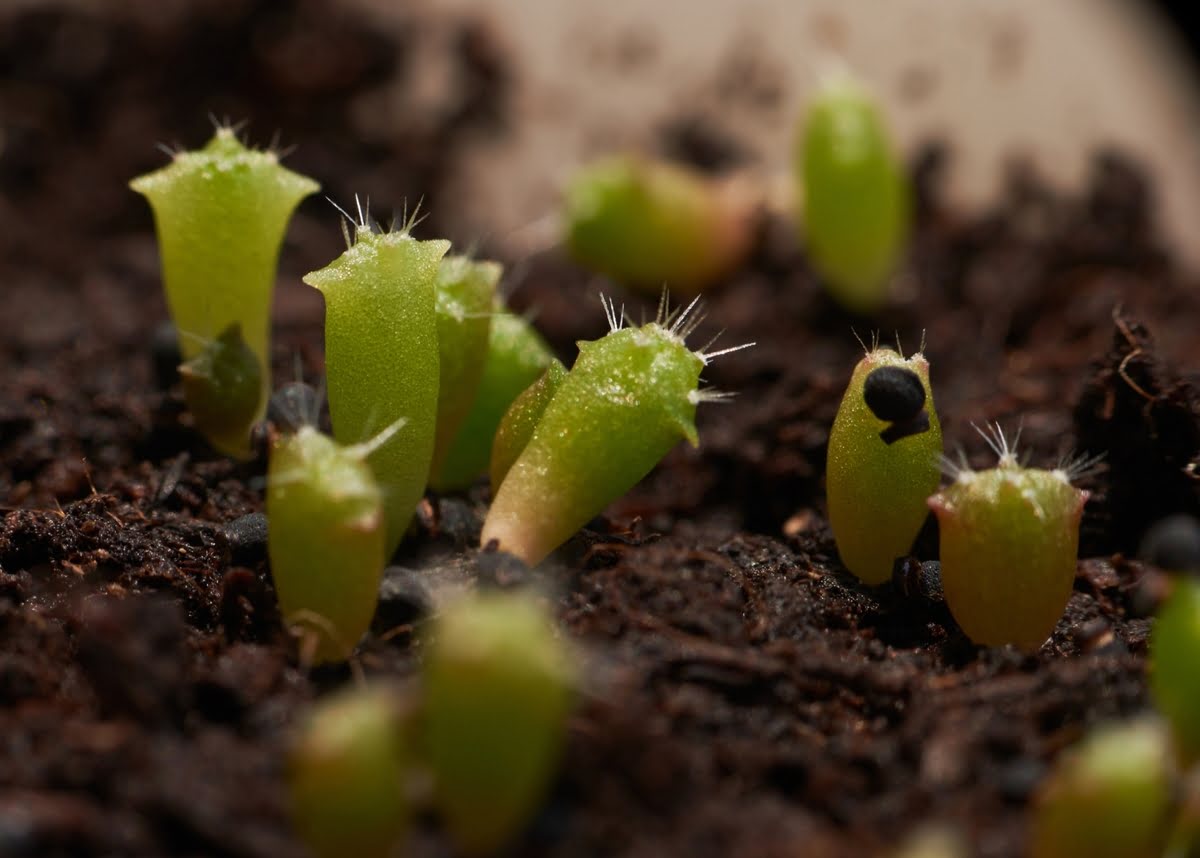

Plant Care
How To Care For Cactus Seedlings
Published: January 5, 2024
Learn expert tips for caring for cactus seedlings with our comprehensive guide. Discover essential plant care techniques to ensure healthy growth and thriving succulents.
(Many of the links in this article redirect to a specific reviewed product. Your purchase of these products through affiliate links helps to generate commission for Chicagolandgardening.com, at no extra cost. Learn more)
Table of Contents
**
Introduction
**
Caring for cactus seedlings can be a rewarding and fulfilling experience for plant enthusiasts. While cacti are often associated with arid environments, they are also well-suited for indoor cultivation, adding a touch of natural beauty to any living space. As resilient and low-maintenance plants, cacti are ideal for individuals seeking to incorporate greenery into their surroundings without requiring extensive care.
Cactus seedlings, in particular, require attentive nurturing during their early stages of growth to ensure their successful development into mature, thriving plants. By understanding the specific needs of cactus seedlings and providing them with the appropriate care, you can witness their gradual transformation into stunning, resilient cacti.
In this comprehensive guide, we will explore the essential aspects of caring for cactus seedlings, from selecting the right soil and planting techniques to watering, sunlight requirements, pest protection, and the process of transplanting and repotting. By delving into each of these crucial elements, you will gain valuable insights into fostering the optimal conditions for the healthy growth of your cactus seedlings, allowing you to cultivate a vibrant and flourishing cactus garden. Let's embark on this enlightening journey to discover the art of nurturing cactus seedlings and witnessing their remarkable growth and resilience.
**
Choosing the Right Soil
**
When it comes to caring for cactus seedlings, selecting the appropriate soil is a critical first step in providing them with a nurturing environment for growth. Cacti are accustomed to arid conditions, and their roots require well-draining soil to prevent waterlogged conditions that can lead to root rot. The ideal soil for cactus seedlings is a well-balanced mix that promotes drainage while still retaining the necessary moisture for their development.
One popular option for cactus soil is a mixture of potting soil, coarse sand, and perlite. This combination provides a balance of organic matter, aeration, and drainage, creating an optimal environment for cactus seedlings to thrive. The potting soil offers essential nutrients, while the coarse sand and perlite enhance drainage and prevent the soil from becoming compacted, mimicking the natural conditions of their native habitats.
Another effective soil option is a specialized cactus mix, readily available at garden centers and nurseries. These mixes are specifically formulated to meet the unique needs of cacti, ensuring proper drainage and aeration while providing the essential nutrients for healthy growth. When selecting a commercial cactus mix, look for one that is labeled as fast-draining and formulated for cacti and succulents.
It’s important to avoid using standard garden soil or dense potting mixes for cactus seedlings, as these can retain excess moisture and lead to root rot. Additionally, incorporating materials such as gravel or small pebbles at the bottom of the planting container can further enhance drainage and prevent water accumulation at the roots.
By choosing the right soil for your cactus seedlings, you are laying the foundation for their overall well-being and resilience. The proper soil composition will support healthy root development and minimize the risk of moisture-related issues, setting the stage for robust growth and vibrant, thriving cacti.
**
**
Planting Cactus Seedlings
Once you have selected the optimal soil mix for your cactus seedlings, the next step is to ensure proper planting techniques to establish an environment conducive to their growth. Before planting, it’s essential to choose a suitable container that provides adequate drainage and accommodates the size of the seedlings. Select a pot with drainage holes to prevent water from accumulating at the roots, which can be detrimental to the cacti’s health.
When planting cactus seedlings, it’s important to handle them with care due to their delicate nature. Using a pair of gardening gloves or a folded piece of paper, gently grasp the seedling near the base, taking care to avoid touching the spines. Carefully remove the seedling from its nursery container, being mindful of the roots, and transfer it to the prepared planting pot.
Before placing the cactus seedling in the pot, add a layer of small pebbles or coarse sand at the bottom to further enhance drainage. Then, carefully position the seedling in the center of the pot, ensuring that the roots are spread out evenly. Fill the remaining space in the pot with the prepared soil mix, gently pressing it down around the base of the seedling to provide stability.
After planting the cactus seedling, it’s essential to avoid watering it immediately. Allowing the newly planted seedling to settle in the soil for a few days before watering helps prevent potential damage to the roots. This period allows the roots to adjust to their new environment and minimizes the risk of overwatering, which can be detrimental to the seedling’s development.
By following these careful planting techniques, you can create an optimal foundation for your cactus seedlings to establish themselves and begin their journey towards robust growth. Providing a suitable container, handling the seedlings with care, and allowing them to acclimate to their new environment sets the stage for their successful development into thriving cacti.
Watering and Sunlight
Proper watering and sunlight exposure are crucial factors in maintaining the health and vitality of cactus seedlings. Understanding the specific requirements for water and sunlight will contribute to the successful growth and resilience of these young plants.
When it comes to watering cactus seedlings, it’s important to exercise caution to prevent overwatering, which can lead to root rot and other moisture-related issues. Cacti are adapted to arid conditions and have low water needs, especially during their early stages of growth. A general rule of thumb is to allow the soil to dry out completely between waterings, mimicking the natural cycle of rainfall in their native habitats. When it’s time to water, do so thoroughly, allowing excess water to drain from the bottom of the pot to ensure that the roots are not sitting in standing water.
Additionally, it’s essential to consider the sunlight requirements of cactus seedlings. These plants thrive in bright, indirect sunlight, making them well-suited for placement near a sunny window or under grow lights. Providing the appropriate amount of sunlight is crucial for photosynthesis and the overall health of the seedlings. However, it’s important to protect them from intense, direct sunlight, especially during the hottest parts of the day, as this can lead to sunburn and damage the delicate tissues of the seedlings.
Observing the behavior of the cactus seedlings can provide valuable insights into their watering and sunlight needs. If the seedlings begin to appear shriveled or show signs of discoloration, it may indicate the need for more frequent watering or a shift to a slightly shadier location. Conversely, if the seedlings exhibit elongated growth or a pale color, it could signal that they require more sunlight exposure.
By striking the right balance between watering and sunlight exposure, you can create an optimal environment for the healthy development of your cactus seedlings. Monitoring their response to watering and sunlight, and making adjustments as needed, will contribute to their resilience and eventual transformation into thriving cacti.
Protecting from Pests
While cacti are known for their resilience, they are not immune to pest infestations, especially during the vulnerable stage of seedling growth. Protecting cactus seedlings from common pests is essential to ensure their healthy development and prevent potential damage. By implementing proactive measures, you can safeguard your cactus seedlings from pests and create an environment conducive to their thriving growth.
One of the most common pests that can affect cactus seedlings is the mealybug, a small, white, cottony insect that tends to cluster on the stems and undersides of the plant. To combat mealybug infestations, a natural and effective approach is to use a cotton swab dipped in rubbing alcohol to carefully dab and remove the pests from the affected areas. Additionally, regularly inspecting the seedlings for any signs of pest activity and promptly addressing any infestations can prevent the pests from proliferating and causing harm to the plants.
Another potential threat to cactus seedlings is scale insects, which can appear as small, waxy bumps on the plant’s surface. To address scale infestations, gently scrubbing the affected areas with a soft brush or cloth dipped in soapy water can help remove the pests and their protective coating. This method can be followed by rinsing the seedlings with water to ensure the removal of any remaining pests.
Furthermore, maintaining a clean and well-ventilated environment around the cactus seedlings can deter pest infestations. Regularly removing fallen debris, such as dead leaves and organic matter, from the vicinity of the seedlings can minimize potential hiding places and breeding grounds for pests, reducing the risk of infestations.
Implementing preventive measures, such as regularly inspecting the seedlings for signs of pests, maintaining a clean environment, and addressing any infestations promptly and effectively, will contribute to the overall health and vitality of the cactus seedlings. By protecting them from common pests, you can create an environment that fosters their growth and resilience, setting the stage for their transformation into robust and thriving cacti.
Transplanting and Repotting
As cactus seedlings mature and outgrow their initial containers, the process of transplanting and repotting becomes essential to accommodate their increasing size and promote continued healthy growth. Understanding the proper techniques for transplanting and repotting cactus seedlings is crucial to ensure their seamless transition to larger containers and provide an optimal environment for their development.
When the cactus seedlings begin to outgrow their current pots, it’s time to consider transplanting them into larger containers to allow for continued root development and expansion. Select a new pot that is slightly larger than the current one, providing ample space for the seedling’s roots to spread out. Before transplanting, prepare the new pot with a well-draining soil mix, ensuring that it is dry to avoid excessive moisture around the roots.
Carefully remove the cactus seedling from its current pot, taking care to disturb the roots as little as possible. Gently loosen the root ball and place the seedling in the center of the new pot, adding the prepared soil mix around it to provide stability and support. After transplanting, refrain from watering the seedling immediately, allowing it to acclimate to its new container for a few days before resuming regular watering.
Repotting cactus seedlings is a similar process and is often necessary to refresh the soil, remove any accumulated salts, and address overcrowding of multiple seedlings in the same container. When repotting, carefully remove the seedlings from their current container, gently separate the individual plants, and inspect the roots for any signs of damage or overcrowding. Trim any damaged or excessively long roots before replanting the seedlings in fresh soil in separate containers.
Transplanting and repotting cactus seedlings provide an opportunity to refresh their growing environment, promote healthy root development, and prevent overcrowding, ultimately contributing to their continued resilience and growth. By following the proper techniques for transplanting and repotting, you can ensure that the cactus seedlings have the space and resources they need to thrive and develop into robust, mature cacti.
Conclusion
Caring for cactus seedlings is a gratifying journey that offers the opportunity to witness the remarkable growth and resilience of these unique plants. By understanding and addressing their specific needs, from soil selection and planting techniques to watering, sunlight exposure, pest protection, and the process of transplanting and repotting, you can create an environment that fosters their healthy development and eventual transformation into thriving cacti.
Throughout this comprehensive guide, we have delved into the essential aspects of caring for cactus seedlings, providing valuable insights and practical tips to support their growth. Selecting the right soil mix, handling the delicate process of planting, and ensuring appropriate watering and sunlight exposure are foundational elements in nurturing the seedlings. Additionally, protecting them from common pests and implementing proper techniques for transplanting and repotting are crucial steps in promoting their continued resilience and vitality.
As you embark on the journey of caring for cactus seedlings, remember that patience and attentiveness are key virtues. Observing the behavior of the seedlings, responding to their needs, and making adjustments as necessary will contribute to their overall well-being and growth. By cultivating a nurturing environment and providing the care they require, you can witness the gradual transformation of cactus seedlings into stunning, vibrant cacti, adding a touch of natural beauty to your surroundings.
As you apply the insights and techniques shared in this guide, may you find joy in the process of nurturing these remarkable plants and take pride in the thriving cacti that will grace your living space. Embrace the journey of caring for cactus seedlings, and revel in the beauty and resilience of these captivating plants as they flourish under your attentive care.
